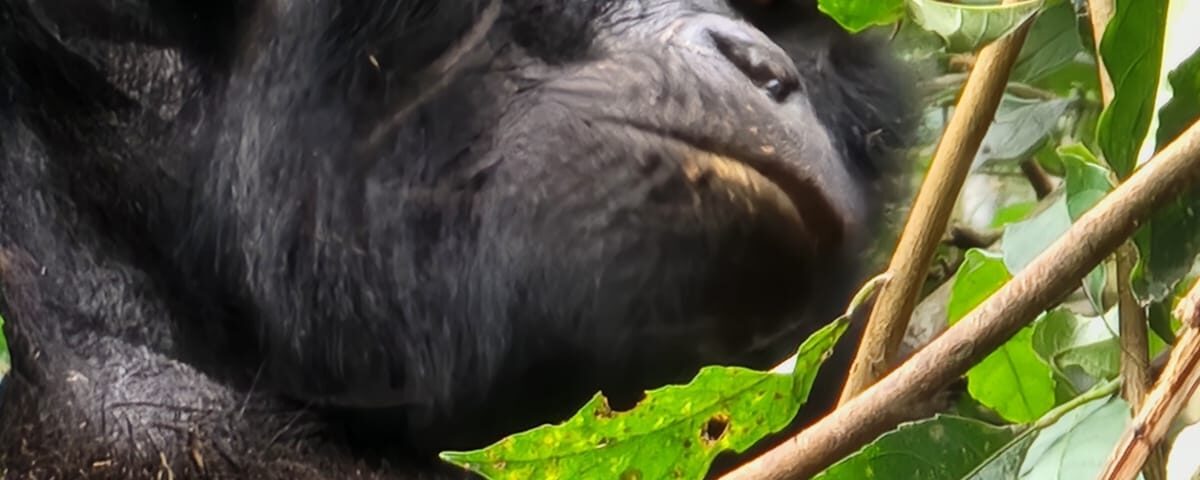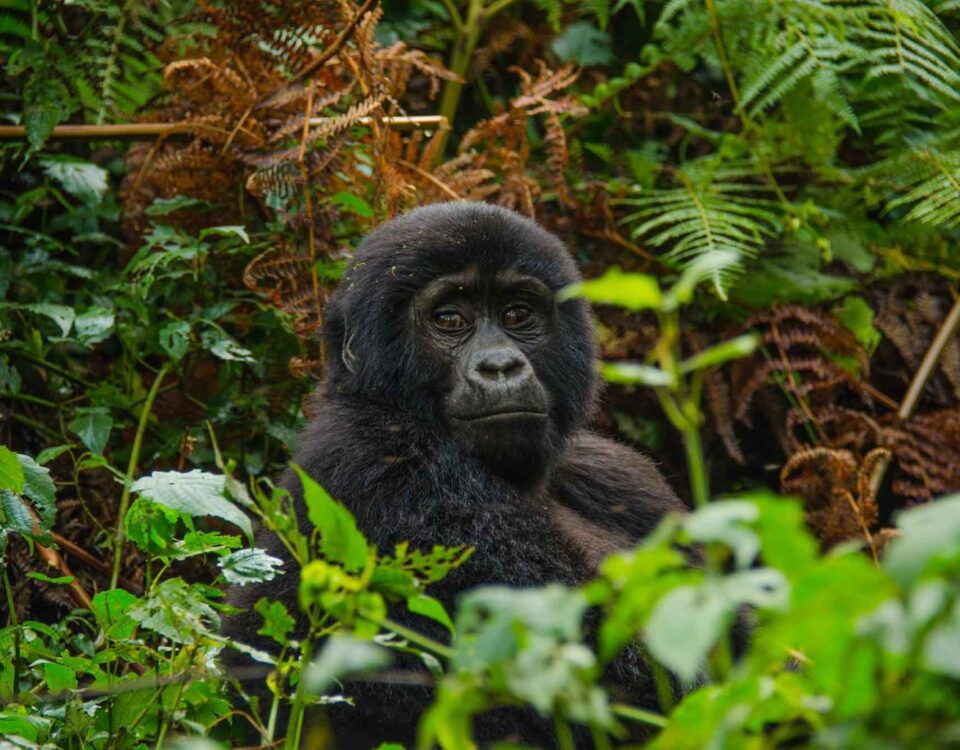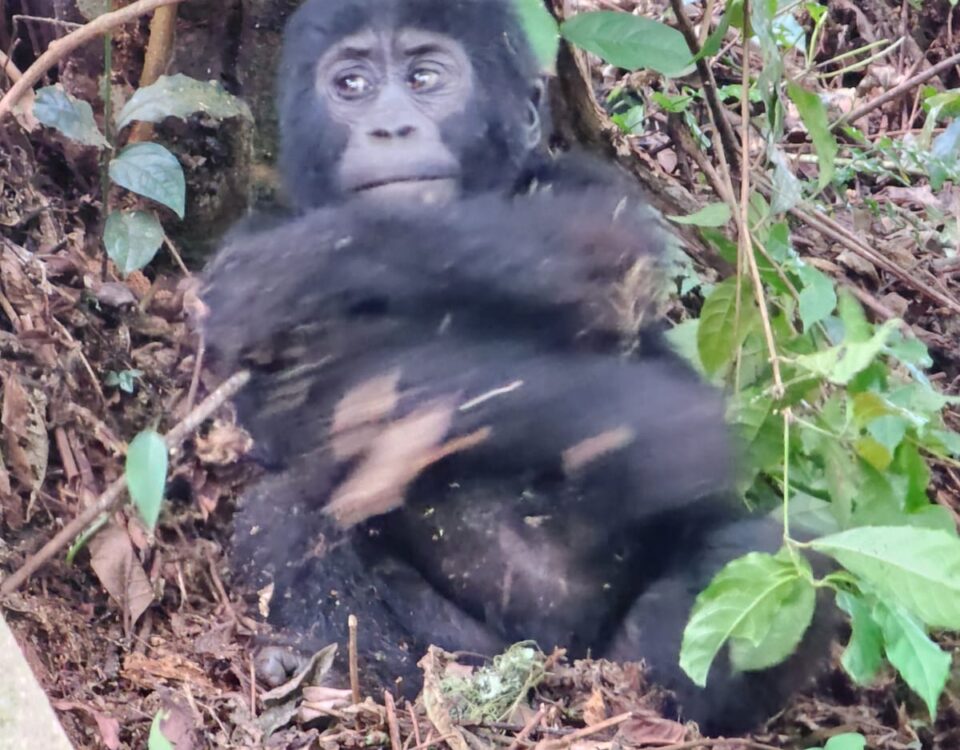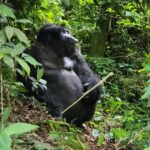
How Many Days Do You Need for Gorilla Trekking?
March 25, 2025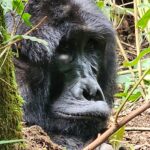
How Much is the Gorilla Trekking Permit in Uganda?
March 25, 2025How Fit Do You Need to Be for Uganda Gorilla Trekking?
Gorilla trekking in Uganda is one of the most thrilling wildlife experiences, offering the rare opportunity to see mountain gorillas in their natural habitat. However, it is also a physically demanding activity that requires a certain level of fitness and preparation. Whether you’re trekking in Uganda’s Bwindi Impenetrable Forest or Mgahinga Gorilla National Park, understanding the physical demands of the trek is essential for a rewarding and enjoyable experience. In this article, we’ll explore the fitness requirements for gorilla trekking in Uganda and provide tips on how to prepare for this unforgettable adventure.
Understanding the Physical Demands of Gorilla Trekking in Uganda
Gorilla trekking involves hiking through the dense forests of Uganda to find and observe the endangered mountain gorillas. The terrain in both Bwindi Impenetrable Forest and Mgahinga Gorilla National Park can be steep, uneven, and challenging to navigate, requiring trekkers to possess a reasonable level of physical fitness.
While trekking for gorillas can range from moderate to strenuous, it is important to understand that the level of difficulty largely depends on the location of the gorilla group, the trail conditions, and the weather on the day of your trek. Trekkers may be required to hike uphill, descend through valleys, or navigate through muddy paths, all while dealing with Uganda’s high altitudes and humid climate.
What is the Typical Trekking Experience Like in Uganda?
On average, a gorilla trek in Uganda takes between 2 to 6 hours. However, the actual duration can vary depending on several factors, including the distance to the gorilla group, trail conditions, and your personal fitness level.
Terrain Challenges:
- Steep Climbs: Bwindi Impenetrable Forest is known for its rugged terrain, with steep climbs and deep valleys. This can be particularly challenging for those who are not accustomed to hiking at high altitudes.
- Dense Forest: The thick forest canopy, tall grass, and dense underbrush in Bwindi and Mgahinga require trekkers to push through challenging vegetation, adding another layer of difficulty.
- Mud and Rain: Uganda’s rainy season can make the trails slippery and muddy, increasing the physical difficulty. The wet conditions may make the terrain even more challenging and unpredictable.
Despite these challenges, the trekking experience in Uganda is incredibly rewarding. The physical effort required to reach the gorillas is more than compensated by the unforgettable encounter with these majestic creatures. Nevertheless, being physically prepared for the trek is vital to ensure your safety and enjoyment.
What Level of Fitness is Required for Gorilla Trekking?
While gorilla trekking is open to people of various fitness levels, it’s crucial to understand that a higher level of fitness will make the trek more manageable and enjoyable. Below is a breakdown of the fitness requirements based on the level of difficulty you may encounter.
Moderate Fitness Level:
- Distance and Duration: If the gorilla group is located relatively close to the starting point, the trek may be considered moderate, taking about 2 to 4 hours.
- Fitness Requirements: A moderate level of fitness is sufficient for this type of trek. If you can comfortably walk for extended periods on uneven terrain, you should be able to manage this level of difficulty.
- Key Factors: Being able to walk up moderate inclines, having a steady pace, and carrying a daypack with essential supplies are important considerations.
High Fitness Level:
- Tougher Terrain: Some gorilla families in Bwindi may be located at higher altitudes or deeper within the forest, requiring longer and more challenging treks, which could take up to 6 hours or more.
- Fitness Requirements: For a challenging trek, a higher level of fitness is needed. Trekkers should be accustomed to hiking uphill, navigating steep trails, and trekking in humid conditions.
- Key Factors: Cardiovascular endurance, strength for uphill climbs, and mental stamina are crucial for tougher treks. If you have experience hiking at higher altitudes or navigating challenging terrains, you will be better prepared.
Health Conditions and Age Limitations
Gorilla trekking is generally safe for most healthy individuals, but there are some health conditions and age limitations to consider. While there is no strict age limit for trekking, the Uganda Wildlife Authority recommends that trekkers be at least 15 years old. There is also a maximum age limit of 65 years in some instances, particularly for those who may not be in good physical condition.
Health Considerations:
- Pre-Existing Medical Conditions: Individuals with pre-existing medical conditions, particularly heart or respiratory conditions, should consult a healthcare provider before embarking on a gorilla trek. The physical exertion, combined with high altitudes, can be taxing for people with heart conditions or breathing difficulties.
- Physical Limitations: If you have mobility issues or suffer from joint problems, it’s essential to assess your ability to navigate the terrain before committing to the trek. Trekking through Bwindi or Mgahinga may not be suitable for individuals with severe mobility issues.
- Mental Stamina: Beyond physical fitness, mental resilience plays a vital role in completing a gorilla trek. The trek can be challenging, especially if it takes longer than anticipated. Having a positive attitude and perseverance can help you push through tougher sections of the trek.
How to Prepare for Gorilla Trekking in Uganda
Preparing for gorilla trekking is key to ensuring a smooth and successful experience. Here are some tips on how to prepare physically and mentally for your trek:
Get Active Before Your Trip:
It’s recommended to engage in activities like hiking, walking, jogging, or cycling to build your cardiovascular endurance. Focus on stamina-building exercises, as the trek can involve extended periods of walking or climbing. Include some uphill walking or stair climbing to simulate the conditions of the trek.
Strengthen Your Core and Legs:
Strengthening your legs, core, and upper body will help with the physical demands of the trek. Incorporating exercises like lunges, squats, and step-ups into your workout routine will improve your balance and stamina for uneven terrain.
Practice with a Day Pack:
Since you’ll need to carry a small daypack during your trek, it’s helpful to get used to carrying weight. Pack some light gear, such as water, snacks, and a camera, and practice walking with the pack on varying terrain.
Consult Your Doctor:
If you have any concerns about your physical readiness for the trek, it’s a good idea to consult your doctor. They can advise you on whether the trek is suitable based on your health condition.
Final Thoughts: Fitness and Enjoying the Trekking Experience
Gorilla trekking in Uganda is a physically demanding yet deeply rewarding experience. The level of fitness required depends on the specific trek and the location of the gorilla group. If you are in good health and have average fitness, you can likely complete the trek, especially if the gorillas are located closer to the trailhead. However, for longer and more challenging treks, a higher level of fitness is beneficial.
At Samz Tours Uganda, we provide expert guidance and support throughout your gorilla trekking journey. Whether you’re a seasoned hiker or new to trekking, our team will help ensure that you are well-prepared for the adventure of a lifetime. Your fitness preparation, combined with our expert assistance, will make your gorilla trekking experience unforgettable.

